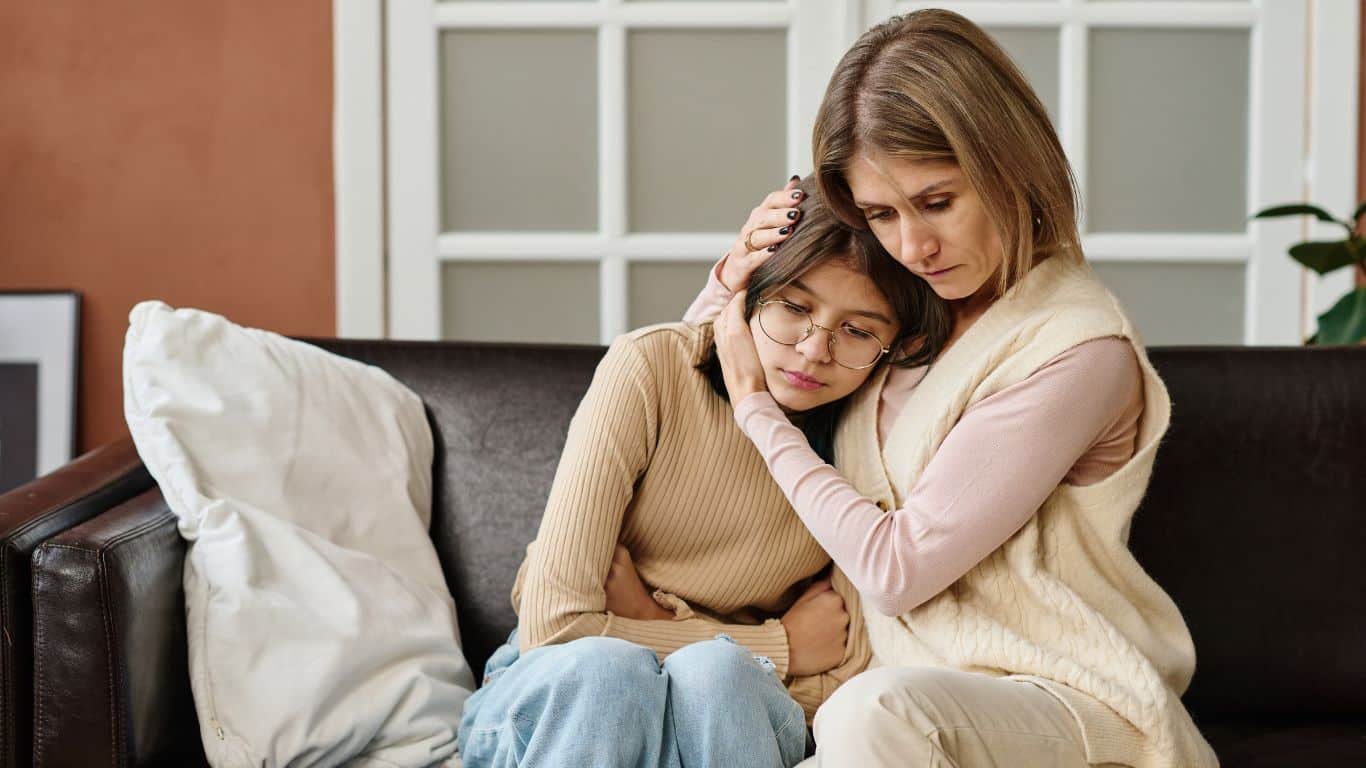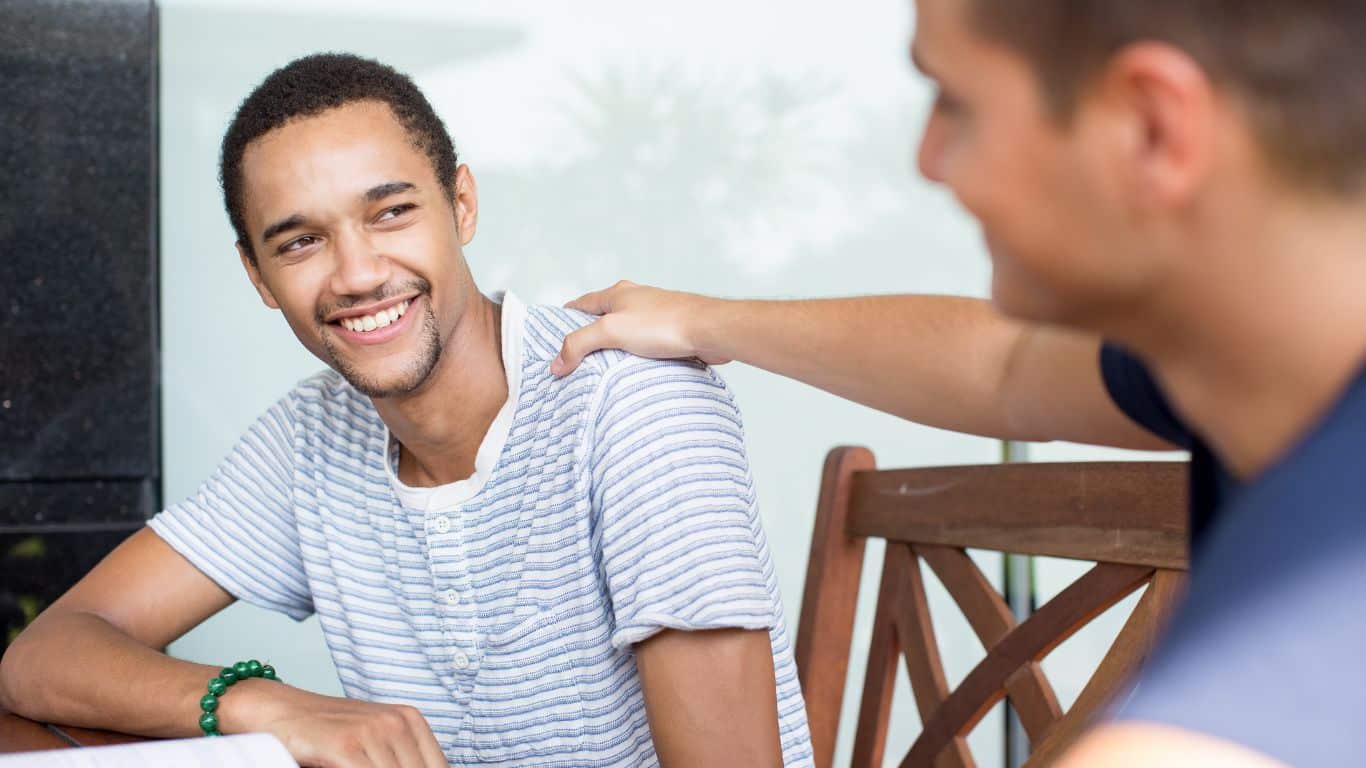Advice from a counsellor on how to recognize and help wounded children and youth.
Trauma: adoption’s shadow
Many children and youth who are adopted have been exposed to highly stressful situations and traumatic events; however, the resulting special needs these children can experience aren’t always recognized or supported. It’s vital for caregivers and professionals to learn the signs and symptoms of trauma as they present in children and youth, and to know how to find and access age-appropriate trauma-informed care.
What is stress?
Stress is a state of mental and emotional strain and tension. Adopted children and youth have often been exposed to highly stressful situations, such as lack of material and social supports, multiple caregivers, and uncertainty about their futures. Each child or youth’s response to stress is affected by a variety of factors, including their level of coping skills, their personal temperament and physiology, and the availability of resources and supports.
What is trauma?
Trauma occurs when somone is exposed to severe mental or emotional stress, or physical injury. A traumatic event threatens injury, death, or damage to the integrity of the self or others, and also causes feelings of horror, terror, or helplessness at the time it occurs. A child may experience a single traumatic event, or may be exposed to complex trauma, which is a series of traumatic events. A growing body of evidence suggests that traumatic childhood experiences can significantly damage a person’s cognitive, physical, emotional, and social development.
What causes traumatic wounds?
Adopted children and youth may experience a number of situations that can lead to traumatic psychological wounds. Here are some possible causes.
Separation from their biological mother interrupts the bonding process between mother and child. This can lead to a form of attachment trauma that can make it difficult for the child to bond with their adopted parents, or with other important people in their lives.
Children and youth who have experienced multiple placements and caregivers may also be left with attachment trauma as a result of the uncertainty and impermanence of their attachment relationships.
- Adopted children may struggle with feelings of insecurity, fear of abandonment, and a damaged sense of self-worth or identity as a result of these early traumatic wounds.
- Disadvantaged circumstances, such as lack of adequate food and water, unsafe housing, or a lack of physical affection or emotional support, can lead to chronic uncertainty about whether the young person’s needs will be met.
- Developmental trauma, such as physical, sexual, psychological, and emotional abuse and neglect can leave children with post-traumatic stress symptoms.
- Exposure to family violence, instability, crisis, separation, and divorce can lead to children experiencing trauma due to unpredictability and a lack of safety.
- War, or man-made or natural disasters such as fires and earthquakes, can also leave young people with trauma symptoms.
- Loss of a child’s familiar culture, language, and kin can lead to trauma related to their sense of identity and place in the world.
What does trauma look like?
Some common signs and symptoms of trauma-related issues include
- changes to the young person’s mood, personality, and behaviour;
- an increase in anxiety and fearfulness, including separation anxiety;
- increased tension, irritability, or reactivity;
- inability to relax;
- lack of eye contact;
- increased startle response;
- avoidance of physical and emotional connection with caregivers;
- problems with emotional regulation, including tantrum, explosive expressions of anger, or emotional meltdowns;
- changes in sleeping and eating patterns;
- lack of interest in normal, routine activities and social relationships;
- regression to the behaviour of a younger child, such as wetting or soiling clothes;
- oppositional and rejecting behaviour toward their parents or other important people in their lives;
- problems with school attendance and/or performance;
- problematic use of drugs and/or alcohol;
- inappropriately sexualized behaviour;
- fighting, bullying, or being bullied;
- self-harm; and
- suicidal thoughts or gestures.
Keep in mind that some of these emotional and behavioural symptoms are seen in children and youth with other developmental issues or mental health concerns. It’s important to try to determine the extent to which trauma is playing a role in a young person’s issues, and to create an appropriate treatment plan. The best way to do this is to get a formal, comprehensive developmental assessment by a specialized interdisciplinary health team.
What is trauma-informed care?
Trauma-informed care is different from traditional models of care. It requires a shift from the traditional, deficit-oriented, pathologizing way of viewing young people’s emotional and behavioural problems. In other words, being trauma-informed means asking “What happened to you, and how can we help?” instead of just “What’s wrong with you?”
Trauma-informed care requires adults to be aware of the trauma history of the young people they care for, and to understand that these unresolved experiences may influence their current emotions and behaviour. It also includes being sensitive to situations that might trigger previous trauma, and being attuned to signs of emotional distress.
It’s crucial for caregivers to create safe, respectful, and nurturing environments that support the physical and emotional safety of children by providing structure, routines, and predictability, in the home and beyond.
How can caregivers help?
There are many ways parents and caregivers can help youth who’ve experienced early trauma. They can:
- Pursue early trauma-informed assessment and intervention by child and youth developmental specialists as soon as a child or youth presents with trauma-related symptoms so that appropriate therapeutic interventions can be put in place.
- Encourage the development of relationships based on safety and trust, unconditional love and acceptance through empathetic, caring, and compassionate caregiving.
- Emphasize that the family is a team that works together; this can decrease the child or youth’s feelings of isolation during times of struggle.
- Provide young people with opportunities for choice, collaboration, and connection so they can develop a sense of empowerment, personal autonomy, and control of their lives.
- Identify, acknowledge, and build on their strengths, skills, and resilience. Help children and youth reframe their personal identities in positive ways.
When should caregivers seek more help?
If the young person is struggling with minor emotional or behavioural issues, parents can ask the child or youth’s school if counselling programming is available and how to access it. Expressive therapies, such as art or play therapy, may also be helpful in decreasing trauma-related and other mental health symptoms, helping the child or youth process traumatic experiences, and enhancing their coping skills.
If the child or youth appears to be experiencing an increase in trauma-related symptoms, but is otherwise functioning well, counselling with an adoption-competent, trauma-informed private provider may be appropriate. Parents can ask their adoption association, agency, or trusted friends and family for recommendations.If the child or youth’s mental health functioning appears to be deteriorating, but they are still functioning fairly well in other areas, ask your family doctor to refer the young person to child and youth mental health services for assessment of trauma and other mental health concerns.
If the young person’s trauma-related symptoms are escalating, and their daily functioning and participation in normal activities has become problematic, parents should speak to a doctor or pediatrician. Explain your concerns and request a referral for a comprehensive developmental assessment that will assess trauma as well as other possible factors and diagnoses.
Trauma-informed parents, caregivers, and helping professionals know that all adopted children and youth have incredible strengths, capabilities, and resilience. We strive to ensure children and youth feel safe, accepted, cared for, and loved so that they can heal from early life challenges, and provide opportunities to reach their highest potential.
| Don’t forget to breathe! adapted from an article by Erin Melvin Dealing with trauma as a caregiver can lead to tension and anxiety building up in your body. A great way to release this pressure is to use the cleansing–or “whooshing” breath. Bring your front teeth together and purse your lips like you are going to give someone a kiss. Take a deep inhale and push the breath out through your teeth and lips. It will create a “whooshing” sound. For a deeper release, draw your shoulders up towards your ears and as you exhale and “whoosh” drop your shoulders and relax. Repeat three times. |
Ed. Note: This article was originally published in March 2017.
Tracey Young is a Registered Social Worker in BC who provides counselling and consulting services to individuals and families, including adoptive families and adult adoptees. Tracey is also an advocate and multi-media writer.






